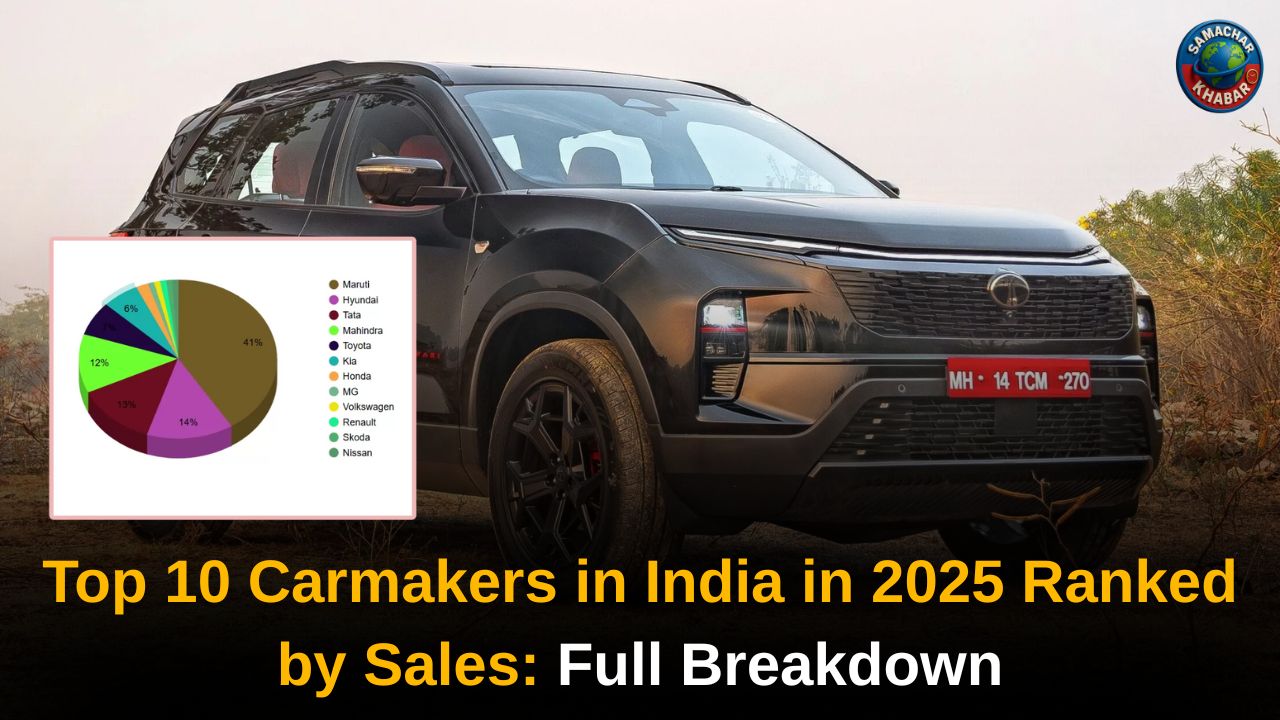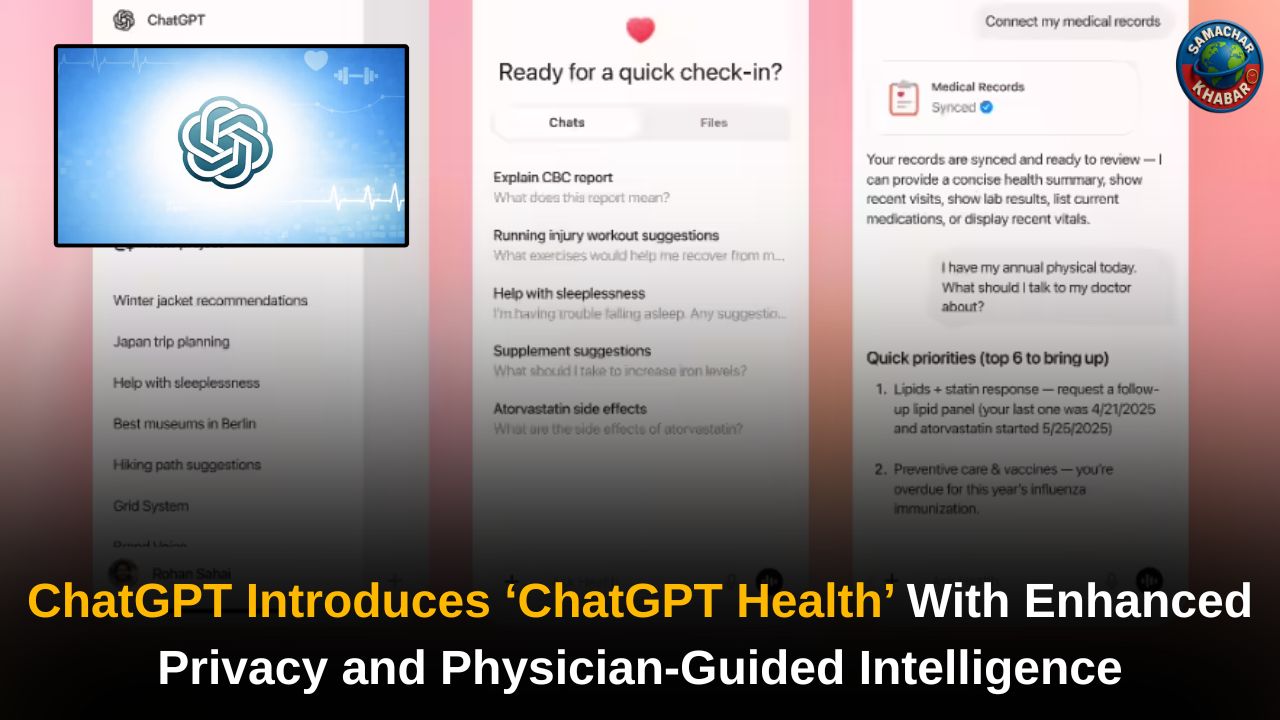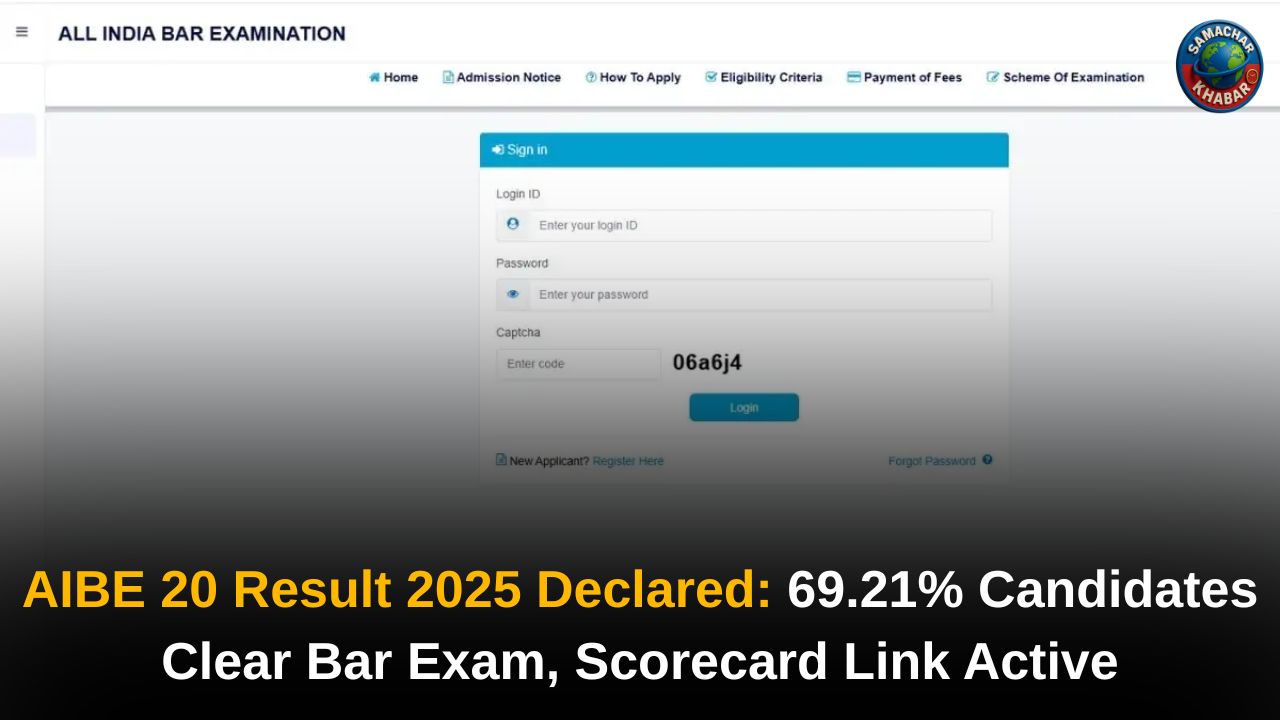In the crowded landscape of social media, Trump Truth Social has carved out a unique and highly scrutinized space. Launched by President Donald Trump after he was banned from mainstream platforms, this app was presented as a sanctuary for “free speech.” But what does this really mean in practice? This blog post will delve into the inner workings of Truth Social, examining its business strategy, user base, and its controversial role in the ongoing debate over content moderation and online censorship.
Purpose of Trump Truth Social
Truth Social was created as a direct response to what its founder and his supporters saw as the censorship of conservative voices by major tech companies. The platform is owned by the Trump Media & Technology Group (TMTG), a company that became publicly traded in March 2024. Its interface is designed to be instantly familiar to anyone who has used Twitter (now X), with “Truths” functioning like tweets and “ReTruths” like retweets.
This intentional similarity minimizes the learning curve for new users, many of whom were migrating from other platforms.
The core mission, as stated by TMTG, is to foster “open, free, and honest global conversation without discriminating on the basis of political ideology.” This promise has been the key driver of its user base, which is largely comprised of conservatives and Trump loyalists who feel that mainstream platforms have stifled their viewpoints.
Business Model: A Brand-Driven Venture
The business of Trump Truth Social is unconventional, to say the least. It’s a prime example of a company whose value is tied less to traditional financial metrics and more to the personal brand of its majority owner. While the company aims to generate revenue through digital advertising, its public stock performance, trading under the ticker symbol DJT, has been highly volatile and often labeled as a “meme stock.” This term refers to shares whose price is driven by social media hype and speculation rather than the company’s fundamentals.
TMTG has not consistently reported standard tech industry metrics like monthly or daily active users, which has made it difficult for analysts to assess its operational health. Financial filings reveal significant losses. For example, in the first quarter of 2024, the company reported a net loss of $327.6 million, largely attributed to costs related to its public offering. The company’s revenue for the entire year of 2024 was only around $3.6 million, highlighting the massive gap between its market valuation and its actual earnings.
- Reliance on Brand: The company’s primary asset is Donald Trump’s direct and exclusive use of the platform. His “Truths” serve as a constant source of engagement and a magnet for his followers.
- Advertising Strategy: The platform’s advertising efforts are narrowly focused on reaching its niche, politically conservative audience. This targeted approach can be appealing to specific brands, but it limits the platform’s potential to attract a broad range of advertisers.
A Closer Look at the User Base
The audience for Truth Social is small but dedicated. While other major social media platforms boast user counts in the hundreds of millions, Truth Social’s monthly active users are estimated to be in the single-digit millions. The platform’s user base is predominantly American and leans heavily toward politically conservative demographics.
Also Read: From Homeless Teen to Global Empire: The Unbelievable Story of Louis Vuitton
This concentration of users creates an echo chamber effect, where content and discourse are largely aligned with a specific political ideology. The most followed accounts are, predictably, Donald Trump himself and other prominent conservative figures. This dynamic reinforces the platform’s role as a communication hub for a specific political movement rather than a broad public forum. The platform’s success is directly tied to its ability to serve this specific, highly engaged audience.
The Free Speech Paradox and Content Moderation
Despite its stated commitment to unmoderated “free speech,” Truth Social has faced scrutiny for its own content moderation practices. The platform was initially delayed in its release on the Google Play Store due to concerns over its policies regarding content that could incite violence. It was only approved after TMTG agreed to enforce stricter moderation.
This highlights a fundamental paradox: can a platform truly be a “free speech haven” without any moderation? The legal and commercial realities of operating an app in today’s world often require some form of content governance. Critics point out that while the platform claims to be free, it has been known to remove or ban users for expressing views that are critical of the platform or its founder. This suggests that “free speech” on Truth Social is more about ideological alignment than an absolute principle, making it a case study in the complex and often contradictory nature of online content regulation.
What’s the Future of Trump Truth Social ?
The future of Trump Truth Social is inextricably linked to the political trajectory of its founder. Its ability to grow, attract more advertisers, and become a financially viable business remains uncertain. The platform’s long-term success will depend on whether it can expand its appeal beyond a niche political audience while maintaining the loyalty of its core users.
Ultimately, Trump Truth Social is more than just a social media app; it is a political statement and a business experiment. It demonstrates the immense power of a personal brand in the digital age and raises important questions about the role of social media in a polarized world. Its existence is a testament to the fact that in the current media landscape, a platform’s value can be built not on profit, but on a political promise.

















